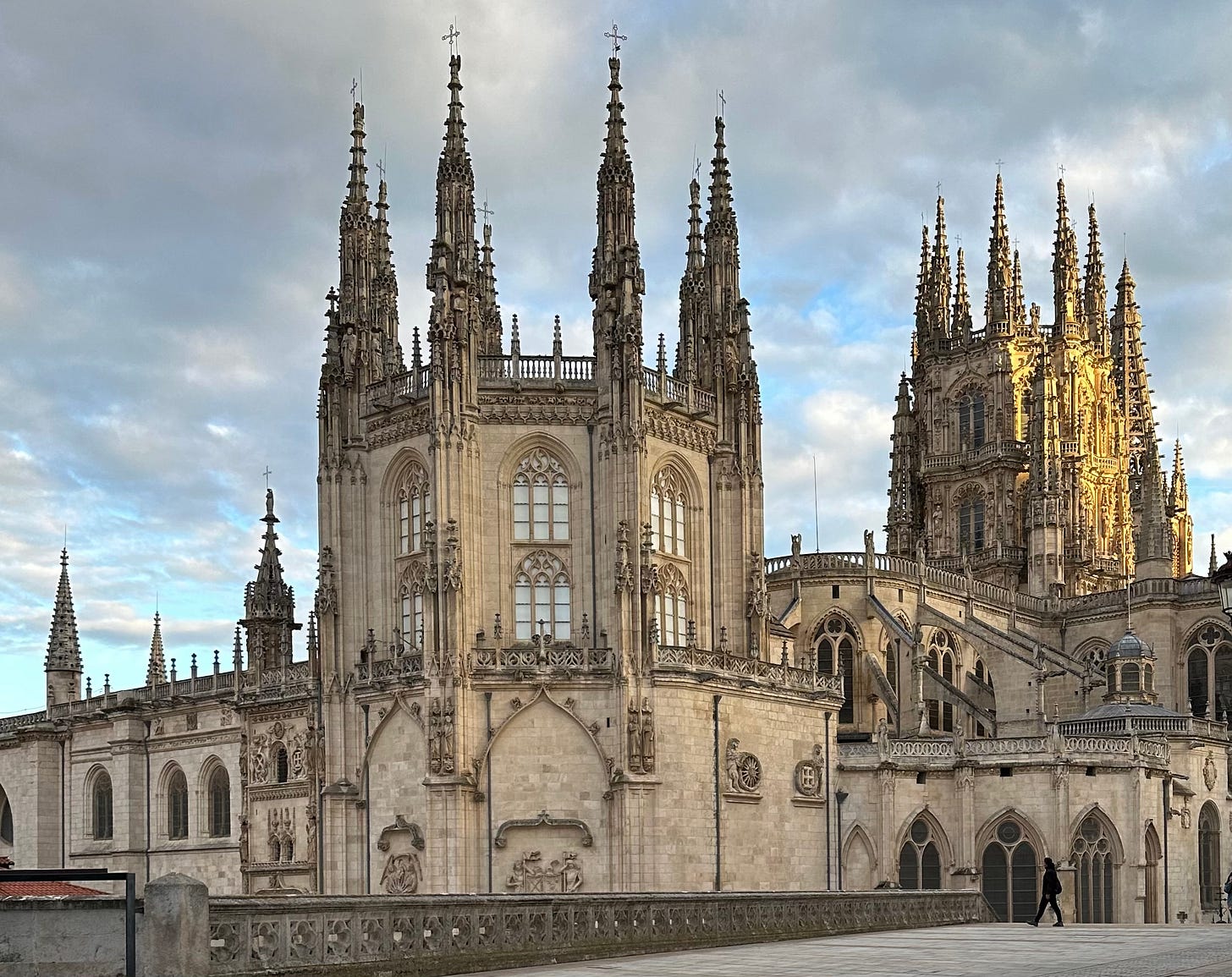Hi Friends,
I’m writing to you from an airplane, and it’s 3AM in my head, so I’m feeling a little punchy. Also a fellow passenger just complained about me to the flight attendant about having my window shade up and demanded I put it down, which I’m not doing (obviously). It’s daytime where I’m going, so I’m trying to stay in the sunlight as long as possible to avoid jet lag (I swear this works). So really, I’m doing the vampire in 13E a big favor. Plus there are these things called eye coverings, which you should have if you want to sleep on an airplane (along with good ear buds).
None of this has to do with this week’s prompt (except the Gothic reference to the vampire, which I will get to in a minute), but I’m warning you in advance that this introduction might be a little more unwieldy than usual. If you’d prefer to skip the journey in favor of the destination, scroll to the end, where you’ll find a great writing prompt.
Because of July’s writing prompt theme—serendipity—I’m starting to see everything through that lens and in fact, finding more serendipity. I love words and learning their origins, so I looked up the word serendipity, and to my utter delight, I found out that it was first coined in 1754 by the writer Horace Walpole. Why is that delightful (and also serendipitous) you ask? I’m about to tell you.
Horace Walpole is also the first person to use the term Gothic when talking about literature and is credited with writing the first Gothic novel. He used the subtitle “A Gothic Story” for his 1764 novel The Castles of Otranto. Before this, the word Gothic was used to describe art and architecture but not literature: you’re likely familiar with the flying buttresses, gargoyles, and rose windows in Gothic cathedrals.
The term Gothic originally stemmed from the 4th century Visigoths, who were known for their prowess on the battlefield, but also seen by the Romans (whose empire they fractured) as crude and barbaric, and this is exactly what early critics of the Gothic style thought of this ornate art and architecture.
Horace Walpole’s The Castles of Otranto: A Gothic Story set the expectations for the 18th and 19th century Gothic novel, featuring the key aspects of the genre—a villain, a heroine whose life and/or virginity is threatened, a castle in a faraway place and time, and a hero who may or may not be able to save said virgin. Also Gothic literature incorporates themes of the supernatural (both explained and unexplained), insanity, tangled family lines and hidden secrets, incest, darkness, and a pervasive fear that simmers just below the surface of things.
Why on earth do I know all of this? And why is it so exciting to me?
I will tell you.
In a previous life, I was a Gothic scholar (and the first person to coin the term EcoGothic in my 2008 dissertation). And as you have probably guessed by now, one of
Keep reading with a 7-day free trial
Subscribe to 52 Writing Prompts to keep reading this post and get 7 days of free access to the full post archives.




